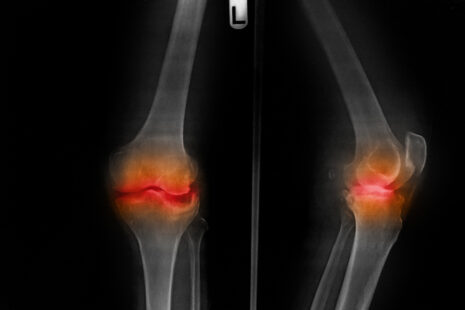In Brazilian Jiu-Jitsu (BJJ), “stacking” refers to a technique used to counter an opponent’s guard position, particularly when they have their legs wrapped around the attacker’s torso or neck. Stacking is typically employed when the opponent is attempting a submission or control from their guard, such as an armbar or a triangle choke.
The basic idea behind stacking is to create pressure on the opponent’s lower back and hips by driving forward and upward with the shoulders, effectively folding the opponent’s body in half. This pressure can make it difficult for the opponent to maintain their guard position or execute their submission attempt, as it limits their mobility and leverage.
When executing a stack, the practitioner often grabs hold of the opponent’s legs or hips to control their movement and prevent them from escaping. Meanwhile, they use their body weight and momentum to drive forward and apply pressure. Stacking requires careful timing and technique to avoid leaving oneself vulnerable to counterattacks, but when executed effectively, it can neutralize the opponent’s offense and create opportunities to pass their guard or escape submission attempts.
Stacking is a fundamental technique in BJJ and is commonly used at all levels of competition, from white belt to black belt. It is an important tool for maintaining control and advancing one’s position while grappling on the ground.




